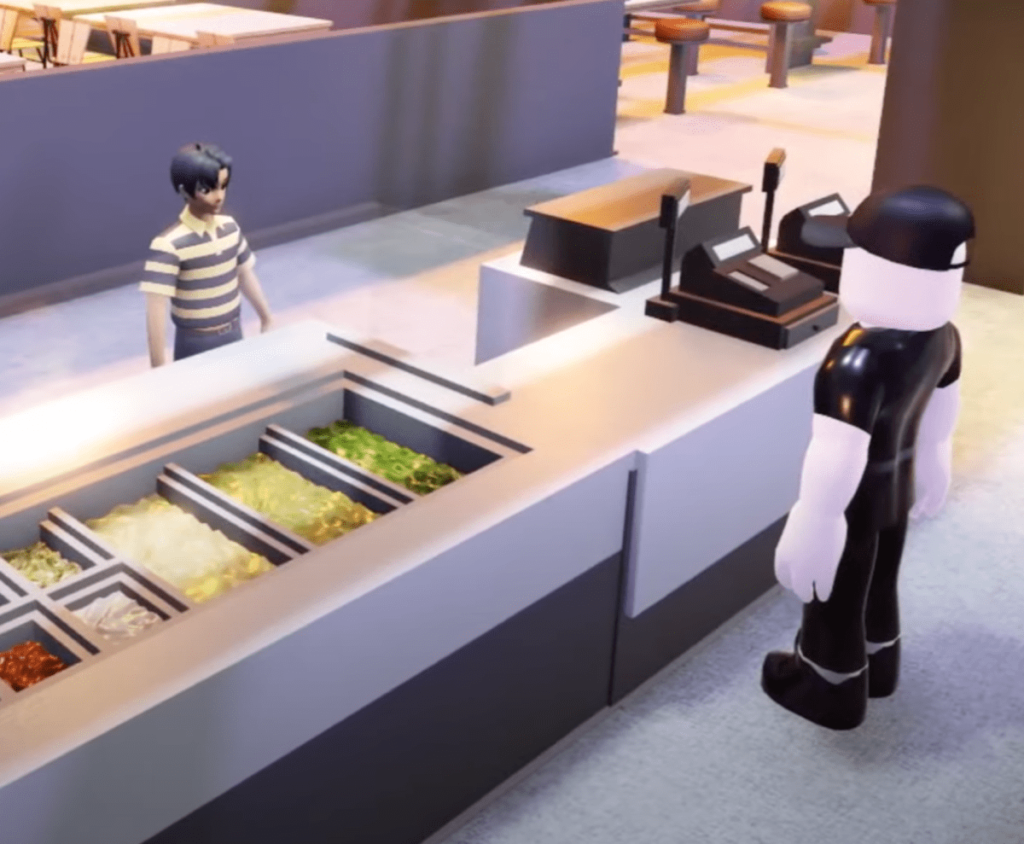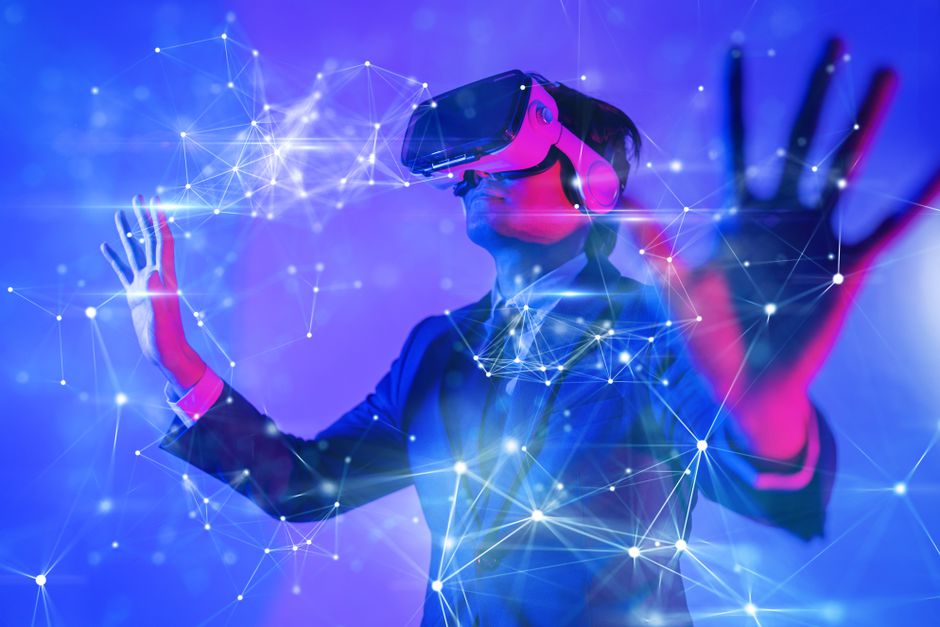In the culinary business, blockchain has evolved from launching a Bitcoin Pizza Day to entering the Metaverse. Cryptocurrencies and the food sector may not seem like the most obvious pairings – one is digital, the other is tangible. However, the first real-world use case for Bitcoin (BTC) was food-related. On May 22, 2010, Laszlo Hanyecz bought two Papa John’s pizzas for 10,000 BTC. From then on, the term Bitcoin Pizza Day became famous.
Every year, restaurants and crypto enterprises alike make use of the event’s marketing prospects. However, Bitcoin Pizza Day also marked the start of the relationship between cryptocurrency and the food industry. The relationship will continue to grow when Web3 and the Metaverse take over.

Despite Bitcoin Pizza Day, the crypto industry has always seemed to embrace food trends. You’ll find culinary-themed currencies like Baconbitscoin, Onioncoin, and Barbequecoin on any list of “dead coins.” The coin still appears on Coinmarketcap.
Like most ICOs, these were tokens with no underlying technology. Many of these procedures have survived to this day, such as SushiSwap and PancakeSwap.
However, it is in the client relationship where blockchain and cryptocurrencies shine. Restaurants have grown increasingly distant from their consumers in recent years, especially since the COVID-19 pandemic. In the restaurant industry, this means tech businesses handle customer interaction, including payments, data storage, and loyalty programs. Food operators stay in the background; only their products are visible to the consumer. Using a platform can also boost food prices by up to 90%.
Blockchain and crypto can now help restore the balance by connecting eateries and their consumers directly.

It is akin to a one-stop-shop for culinary options, but it allows customers and restaurateurs to engage freely, with merchants having full control over their prices and terms. This means consumers pay merchants directly, without a middleman. Rather, third parties act as infrastructure suppliers for restaurants and food stores, allowing them to run their own online stores.
The ecosystem is currently merely a fraction of its full potential. This is only realizable when the shift towards the Metaverse accelerates.
Metaverse food? Isn’t there a place for things like eating that are so grounded in reality? e-consumption has it. But as people spend more time online, the food sector will have to adapt.
Food service in the Metaverse will largely become a continuation of an already begun digitizing journey. Beyond food delivery and takeaway, it’s becoming more customary to investigate restaurants online using Google or TripAdvisor. You can browse a restaurant’s website for the menu, images, or videos of the food and the establishment. Imagine watching your team play a virtual major game and seeing commercials for restaurants around the stadium, just like you do now.
After the game, you take your avatar to a virtual street food market to check out the different vendors and their menus. When you’re ready to order, you simply pay using crypto. Your food will be delivered to your house in 30 minutes.
Let’s imagine you want to impress someone special with a fine dining experience. A virtual tour could help you choose a place and even a table. In addition, you can consult with virtual chefs on a dish’s preparation and ingredients, or examine the wine list with a virtual sommelier.




